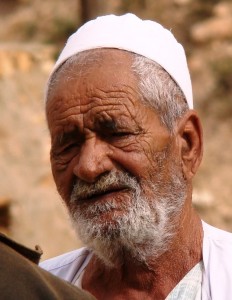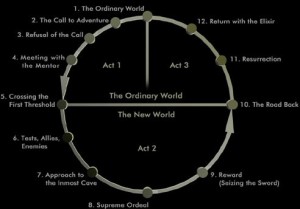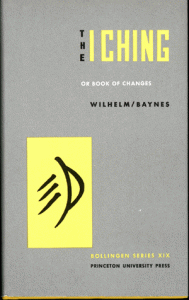 “Why do we have so much conflict?” came the frustrated and anguished cry of a recent workshop participant. “Why can’t we all just get along?”
“Why do we have so much conflict?” came the frustrated and anguished cry of a recent workshop participant. “Why can’t we all just get along?”
Such a great question!
After a significant degree of provocation on my part as the facilitator, we finally launched into the meatier and more meaningful agenda of the team …
Conflict is typically viewed as a negative, destructive force in a team. Certainly many blunt forms of conflict are, particularly when there’s a low level of conflict skill present. In these instances it makes good survival sense to minimise the impact and damage.
There are however many ways to work with integrity and find success in the heart of conflict. If you can ‘see’ yourself and manage your reactions, maintain an open perspective and ‘flex and flow’, and keep your real objectives in sight, then you may find the gems hidden within conflict.
In my experience, the most common failing in a teams’ development, is an inability to navigate their way through contentious issues i.e. the failure to ‘storm’ effectively.
I see teams encounter conflict, make early clumsy efforts toward resolution, fail and back track into ‘nice’ terrain, leaving the issues to fester beneath the surface. It’s very telling when a real issue lands amongst the team. Failure to successfully cut their teeth on the smaller, everyday conflicts leave them incapable of resolving the really important ones.
“Help, boss!!!” goes out the call as panic and stress roll into town.
I believe conflict and creativity are two sides of the one coin. To be truly creative we need the challenge and friction of opposing ideas and views. Through the effort of working on the conflict, new options and potential appear.
This is not an easy process, but it is a vital one. Vital both for the success of the team and the enterprise, and vital for the development of healthy, strong relationships.
[As a conflict mastery resource I recommend “The Way of The Owl” by Frank Rivers.]









 Our silkworms are spinning their cocoons, readying to make the great leap from two inch caterpillar to delicate white moth.
Our silkworms are spinning their cocoons, readying to make the great leap from two inch caterpillar to delicate white moth.